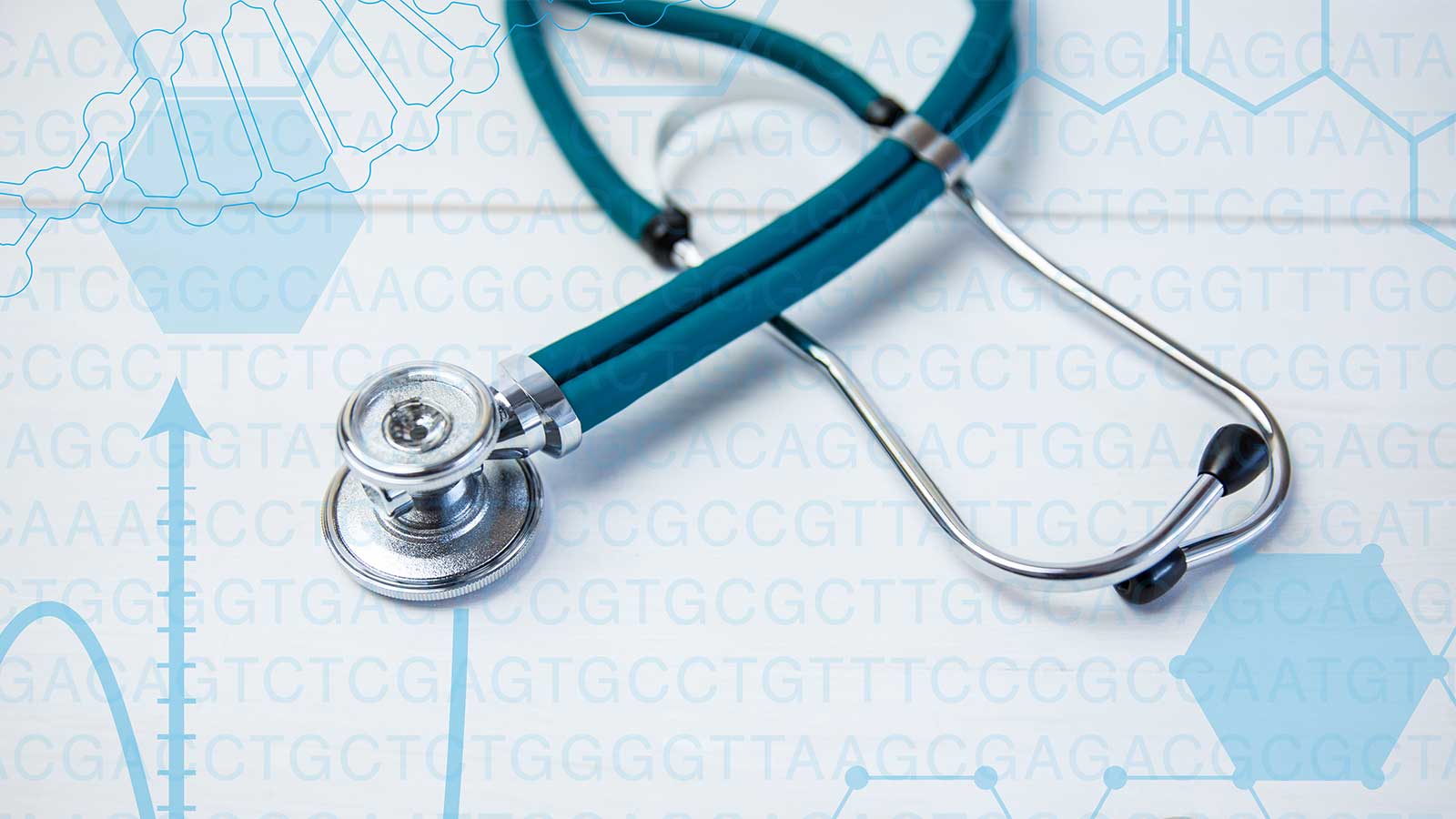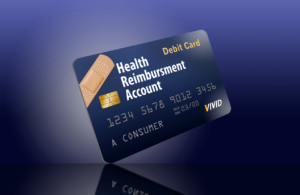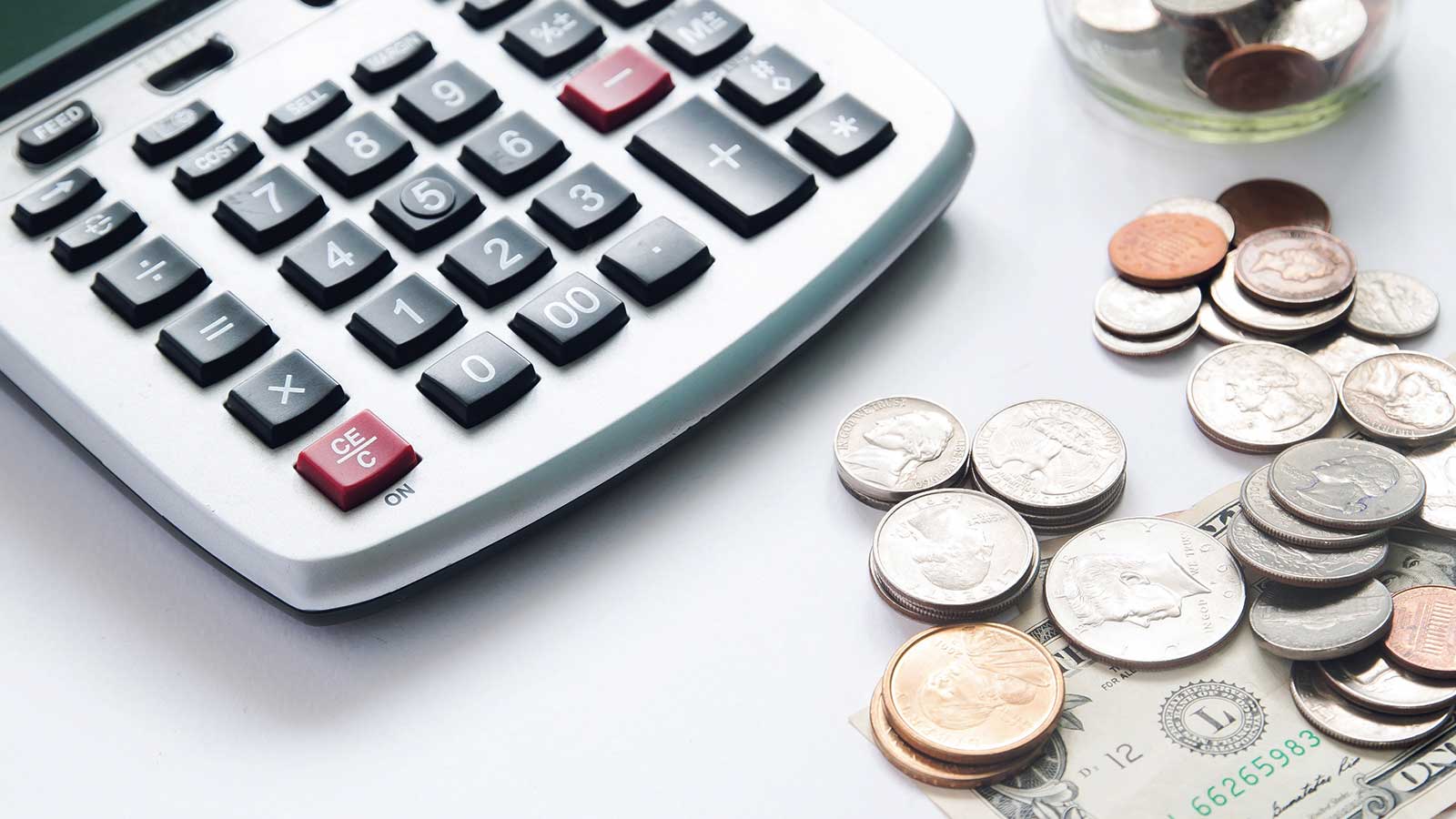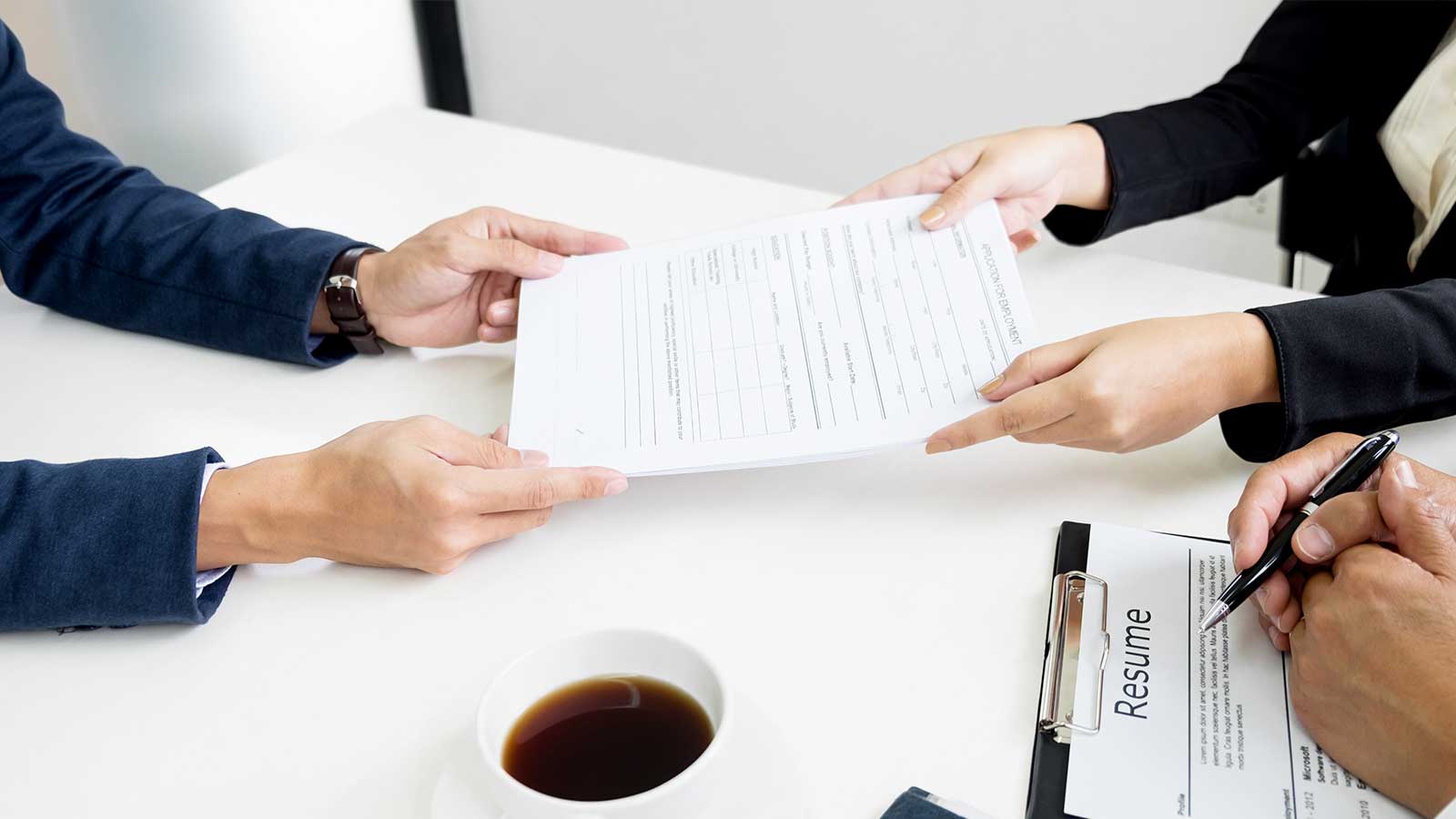

HRA Plan Overview
Your employer creates an HRA account for each employee. There’s no cost to you, as your employer is responsible for funding. Pre-tax dollars fund the HRA at the beginning of each plan year. As long as funds are available, then you can use the funds to pay for eligible expenses. In some cases, your funds carry over from one plan year to another. However, it depends on the type of plan chosen by your employer.
An HRA isn’t the same as a health savings plan or a flexible spending plan. The plans are often confused, and therefore it’s important to know which one your employer provides.
Eligible and Ineligible Expenses
Eligible HRA expenses are those paid for out of pocket for medical care. Anything that diagnoses, cures, treats, or prevents diseases or illnesses is generally covered. Transportation for medical care is covered as well. You, your spouse, and eligible dependents can use the funds.
Any costs paid for with an HRA can’t also be reimbursed under any other health reimbursement plan. In other words, you can’t double-dip and get reimbursed twice for the same expense.
Ineligible expenses include things like elective cosmetic surgery, teeth whitening, herbs, family or marriage counseling, and imported prescription drugs.
Maximum Reimbursement
The maximum available from the HRA is equal to the available balance. It’s possible that the amount you need will exceed the balance. If that happens, then the remaining balance will process when the funds are available.
Some plans are limited by an account cap. Funds can’t exceed the cap, and your employer won’t add funds until the balance is below the cap. You also forfeit any funds in your plan if the funds don’t roll over into the next plan year.
Requesting Reimbursement
To request reimbursement, you must complete a Request for Reimbursement form. Proof of purchase or service is required. Valid forms of proof include statements or itemized receipts from your doctor, a pharmacy receipt, and a written prescription and receipt. For insurance premium reimbursement, you need a copy of the billing notice with proof of payment.
Speak with Your Employer
The high cost of medical care is a concern for many people. Being able to recoup some of your medical costs is a great financial help. The savings add up, as you don’t have to pay taxes on the money in your HRA or on the reimbursed expenses. Read more about how employees achieve work life balance.





